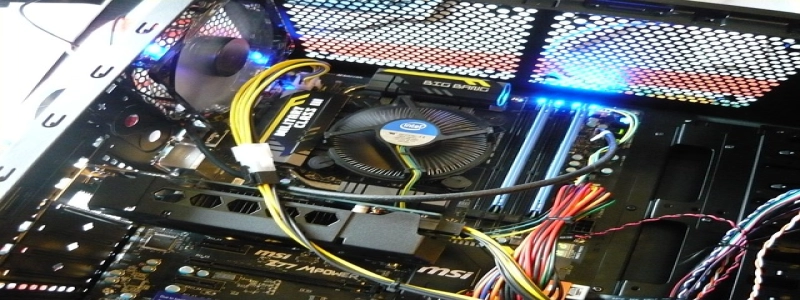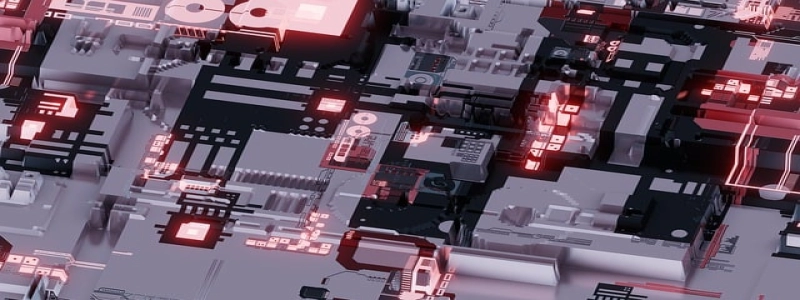HDMI Over Ethernet
Introduction:
In recent years, technology has evolved rapidly, leading to the development of various innovative solutions. One such solution is HDMI over Ethernet, which allows the transmission of high-definition multimedia interface (HDMI) signals over local area networks (LANs). This article explores the concept of HDMI over Ethernet and delves into its applications, advantages, and limitations.
I. Understanding HDMI over Ethernet:
HDMI over Ethernet, also known as HDMI extender or HDMI over IP, refers to the technology that enables the transmission of HDMI signals using Ethernet cables instead of traditional HDMI cables. This technology uses IP (Internet Protocol) to transport HDMI signals, making it suitable for long-distance transmissions.
II. How HDMI over Ethernet Works:
The functioning of HDMI over Ethernet involves two main components: a transmitter and a receiver. The HDMI signal is converted into data packets by the transmitter, which are then transmitted over an Ethernet network. The receiver on the other end receives these data packets and reconverts them into HDMI signals, which can be connected to a display device such as a television or a monitor.
III. Applications of HDMI over Ethernet:
1. Home Theater Systems:
HDMI over Ethernet technology is widely used in home theater systems, where it allows users to extend their HDMI signals over long distances. This enables setting up entertainment systems in different rooms without the need for multiple HDMI cables or signal loss.
2. Digital Signage:
HDMI over Ethernet is extensively used in digital signage applications, where it allows for the distribution of high-quality audio and video signals across several displays. It is particularly beneficial in large-scale installations where long cable runs are required.
IV. Advantages of HDMI over Ethernet:
1. Cost-Effective Solution:
Using Ethernet cables for HDMI transmission is much more cost-effective than using multiple HDMI cables, especially for longer distances. Ethernet cables are readily available and affordable, making this solution accessible to a wider range of users.
2. Flexibility and Scalability:
HDMI over Ethernet technology offers greater flexibility and scalability than traditional HDMI cables. It allows for the extension of HDMI signals over longer distances without signal degradation and enables the addition of more display devices as needed.
V. Limitations of HDMI over Ethernet:
1. Bandwidth Limitations:
While HDMI over Ethernet supports high-definition signals, it is important to consider the bandwidth limitations of the Ethernet network. High-resolution signals may require higher bandwidth, which may not be suitable for all Ethernet configurations.
2. Network Infrastructure:
HDMI over Ethernet relies on a stable and robust network infrastructure to ensure smooth transmission. Issues such as network congestion or limited network capabilities can affect the performance of HDMI over Ethernet.
Conclusion:
HDMI over Ethernet is a revolutionary technology that allows for the transmission of HDMI signals over Ethernet networks. This technology finds applications in home theater systems, digital signage, and various other industries. It offers cost-effective solutions, flexibility, and scalability. However, it is crucial to consider the network infrastructure and bandwidth limitations to ensure optimal performance. Overall, HDMI over Ethernet presents numerous benefits and has the potential to transform the way we transmit high-definition multimedia signals.







